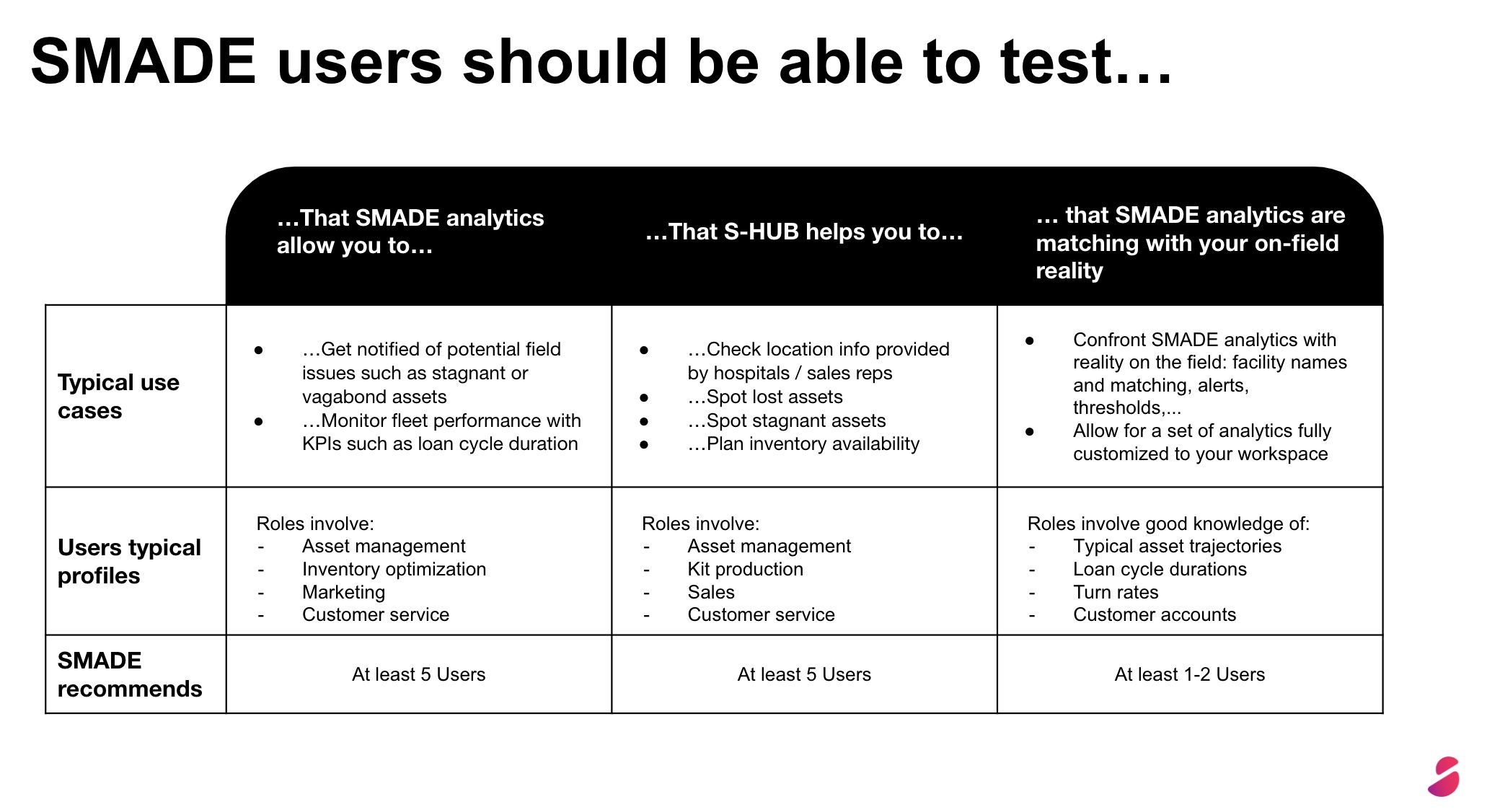In the orthopedic industry, one truth unites all players: time is money. Efficiently tracking your kits isn’t just a time-saver, it’s a game-changer for your bottom line. While RFID (Radio Frequency Identification) has long been considered a tracking solution, it is fundamentally flawed by its time-consuming nature. In contrast, automatic network matching emerges as a dramatically more efficient alternative that eliminates human intervention entirely. Let’s compare RFID technology and automatic matching to WiFi or cellular networks to determine which solution truly saves more time.
RFID vs Automatic Network Matching
RFID is a technology that uses radio waves to identify and track tagged objects or people. It consists of three main components: a tag (which can be attached to the object), a reader, and an antenna. These tags communicate wirelessly with a reader, which collects and processes data. For years, RFID has been celebrated for its accuracy and ability to track items in real time. However, there’s a catch: RFID still relies on manual processes. Workers need to affix tags, ensure scanners are in place, and monitor the system. This dependency on human intervention introduces inefficiencies, especially in large-scale operations.
In stark contrast, automatic network matching represents a quantum leap in tracking efficiency. It utilizes existing WiFi or cellular networks to track devices or objects based on their proximity to these networks. Unlike RFID, there are no tags to place or readers to deploy. Devices simply connect to the nearest signal, and updates happen seamlessly in real-time.
This hands-free approach eliminates the need for manual labor and specialized hardware, offering a streamlined and scalable solution.
Time Is Money: Comparing Efficiency
Here’s where the difference becomes striking. Let’s break down the workflow:
RFID Workflow:
- Tags must be attached to each object.
- Readers need to be correctly positioned and maintained.
- Workers must scan or validate data periodically.
Each step introduces potential delays, especially in environments with thousands of items.
Automatic Matching Workflow:
- Devices connect automatically to the nearest WiFi or cellular signal.
- Data is updated instantly and autonomously.
No human involvement. No extra steps.
| Technology | Setup Time | Ongoing Maintenance | Human Involvement |
| RFID | High | Medium | Required |
| Automatic Matching | Minimal | Low | None |
Which technology is easier to scale?
Another challenge with RFID is scalability. As operations grow, more tags, readers, and human oversight are required, increasing complexity and costs.
Automatic matching, however, effortlessly scales with your business. Whether you’re managing hundreds or millions of assets, the system adapts without additional infrastructure or labor. It’s flexible, future-proof, and ready to handle dynamic environments.
Is it adapted to the orthopedic industry?
Automatic network matching is transforming orthopedic medical device management by providing real-time, hands-free tracking of critical equipment. This technology eliminates manual inventory processes, instantly locating surgical instruments, implants, and specialized devices across medical facilities. By leveraging cellular and WiFi connectivity, orthopedic companies can now track high-value equipment with zero human intervention, ensuring immediate visibility, regulatory compliance, and enhanced patient safety.
The solution dramatically reduces device loss, streamlines sterilization tracking, and generates precise data on equipment usage and movement. Unlike traditional RFID methods, automatic network matching requires no physical tagging, offering instantaneous location updates that support surgical preparation, maintenance scheduling, and inventory optimization. For orthopedic companies, this means significant cost savings, improved operational efficiency, and a technological edge in medical device management.
The result? Faster turnaround times, improved efficiency, and fewer operational bottlenecks. If you’re an OEM looking to achieve these outcomes, it’s time to connect with SMADE. Let us help you transform the way you manage your surgical kits.
Spread the word !
Other posts
February 12, 2025
Discover S-HUB Makalu
It’s been a week since S-HUB Makalu has been released!
Here’s a short video highlighting the key new features of this version!
January 2, 2025
To Produce or To Track? Choosing the Best Strategy in Orthopedics
“To be or not to be” is a question that has transcended centuries. But in the orthopedics industry, it finds its modern-day equivalent: “To produce…
If you love to write about smart healthcare, fill this form to become a writer for ‘In Your hands’.











